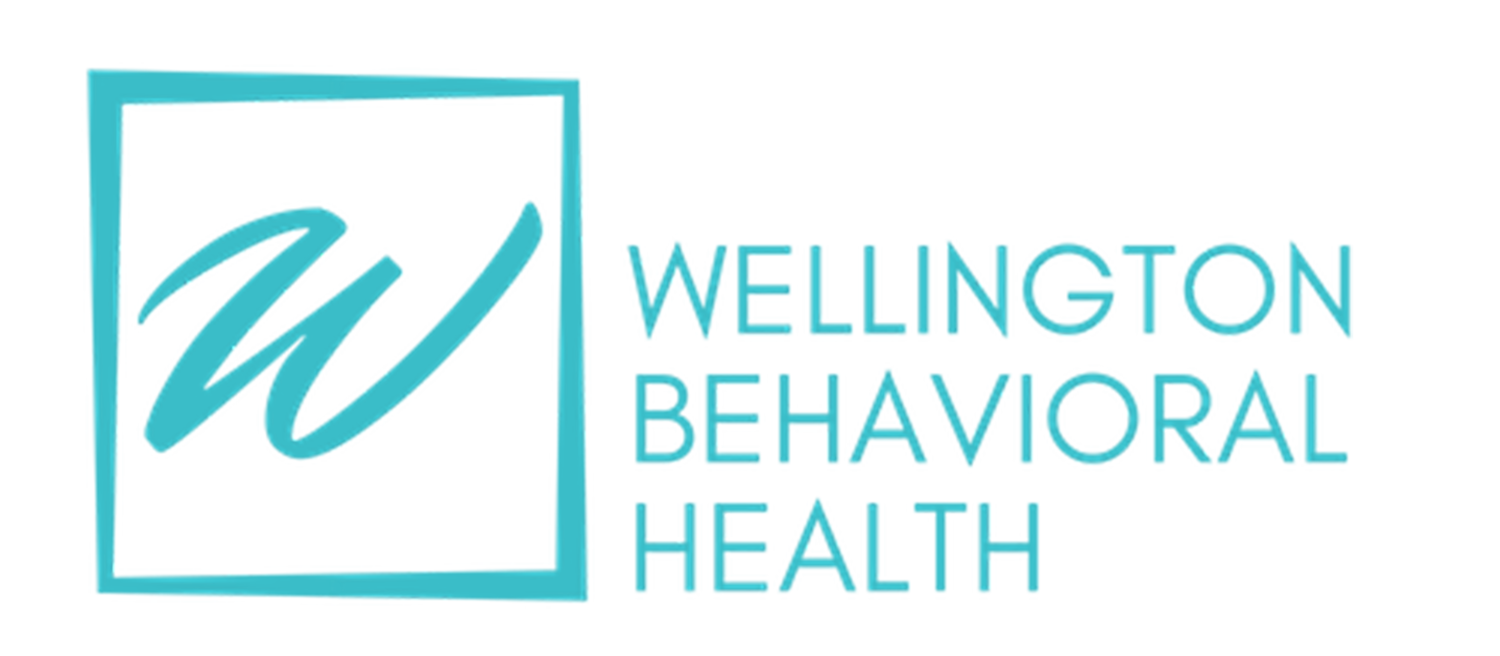Since 1949, Mental Health America has recognized May as Mental Health Month. Along with their affiliates across the country, they work to spread the message that mental health is something that impacts everyone. This year’s theme is “Back to Basics.” It’s no surprise that, after two years of pandemic living, people are noticing that stress, isolation, and fear have taken a toll on their general wellbeing. Given the uncertainty of our current world, it’s more important than ever to focus on your own mental health and know when it’s time to ask for help.
Mental Health and Suicide Among College Athletes
In the last two months, this truth has played out across the country as a number of college athletes have died by suicide. After their deaths, their families have shared a similar sentiment, saying that the stress to be perfect as the young women balanced athletics, academics, and the demands of everyday life became overwhelming and led to a single, desperate action.
According to the American Foundation for Suicide Prevention, suicide is the second-leading cause of death for all college students in the United States. Common mental health struggles among this population include anxiety, depression, and eating disorders. Although on-campus resources are available at many schools around the country, it’s difficult to convince students to seek out and use them.
Unfortunately, over the last few decades, there has been an increase in suicide rates among women ages 20 to 24. Men in this age range have died by suicide at a far higher rate, but the increase is smaller. Specifically, in 2001, according to data from the Centers for Disease Control and Prevention (CDC), there were 3.06 suicides per 100,000 women and 20.48 for every 100,000 men. In 2020, the rate for female suicides had more than doubled to 6.4. Similarly, the rate for men rose by 40 percent to 28.73. These alarming statistics show a clear need for a better understanding of suicide prevention.
Suicide Prevention: Risk Factors and Warning Signs
With that thought in mind, I want to look specifically at the risk factors and warning signs that make someone more likely to consider, attempt, or die by suicide.
To start, it’s important to be aware of the following risk factors:
Mental health conditions, particularly mood disorders, anxiety disorders, and certain personality disorders
Alcohol or other substance use disorders
Hopelessness
Impulsive and/or aggressive tendencies
History of trauma or abuse
Loss of relationships or sense of isolation
Physical illness or injury, particularly among athletes
Stigma associated with asking for help
Lack of healthcare, particularly mental health and/or substance use treatment
Exposure to others who have died by cuisine, either in real life or via the media and Internet
Additionally, warning signs may help you determine if a loved one is at risk for suicide. Specifically, consider if the behavior is new, has increased, or seems directly related to a particular event or life change.
Talking about wanting to die or kill themselves
Looking for ways to kill themselves
Talking about feeling hopeless or having no reason to live, feeling trapped or in pain, seeking revenge, or being a burden to others
Increasing their use of drugs or alcohol
Acting anxious and/or behaving recklessly
Changes in their sleep behavior, either sleeping too much or too little
Extreme mood swings
Withdrawing from social situations or isolating themselves
If you or someone you know is in crisis, call the National Suicide Prevention Lifeline at 800.273.8255, text HOME to 741741, or visit SpeakingOfSuicide.com/resources.
Discover the possibility of living a meaningful life. Discover the possibility of recovery. Contact Dr. Benaaz Russell, PsyD, CEDS today to schedule an appointment!

